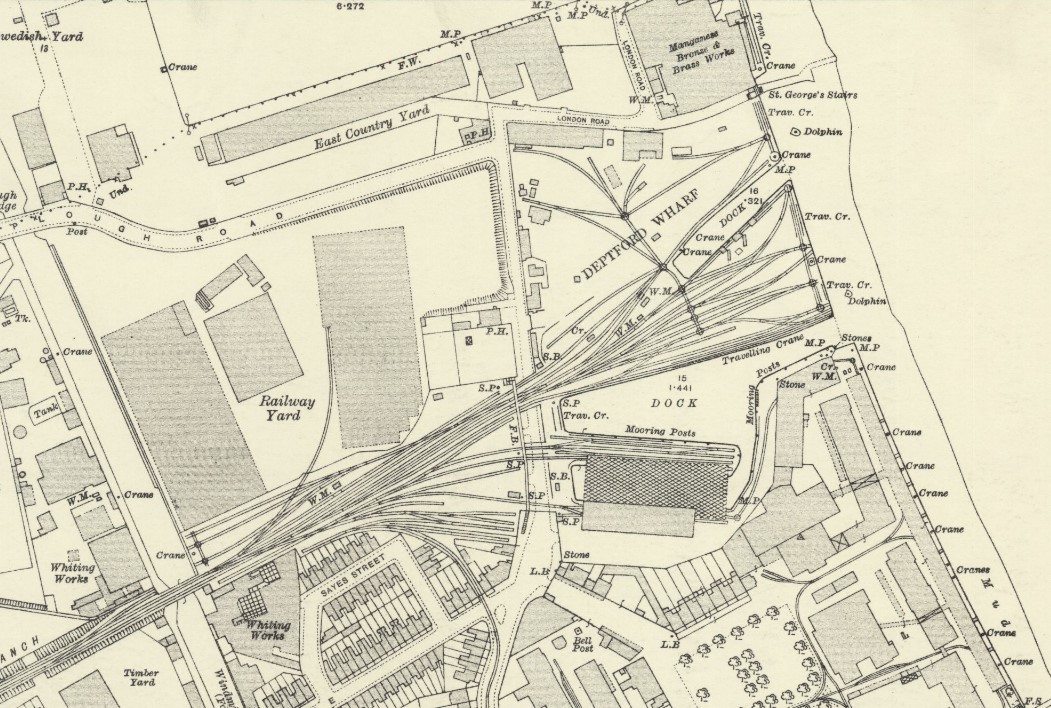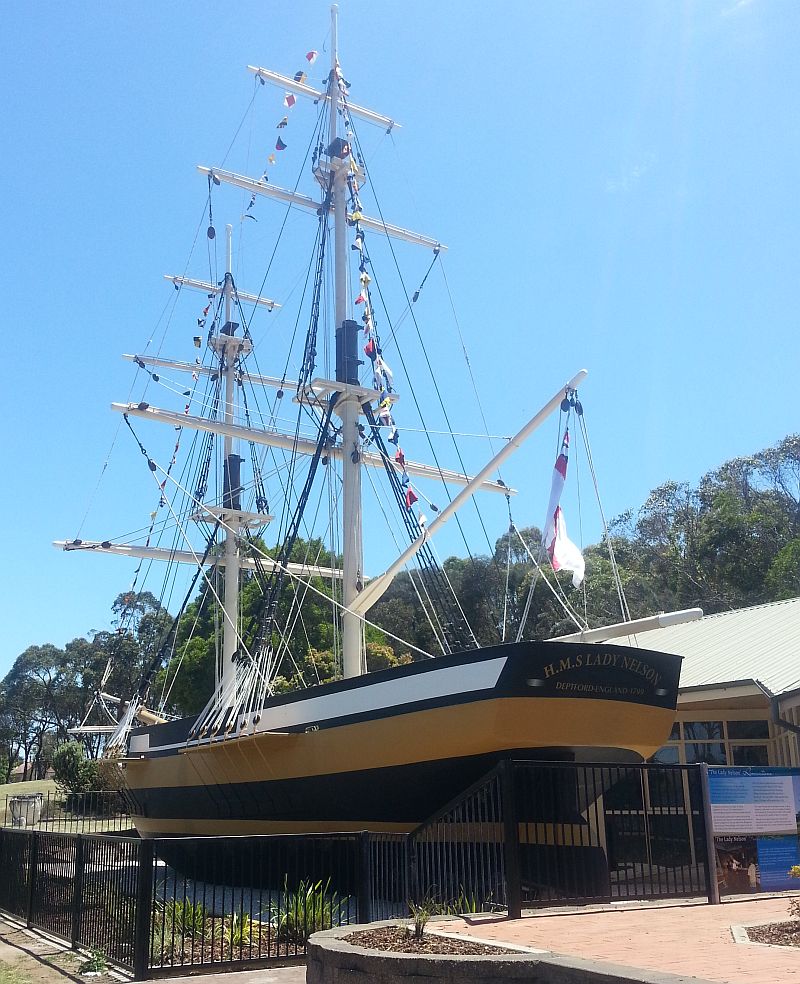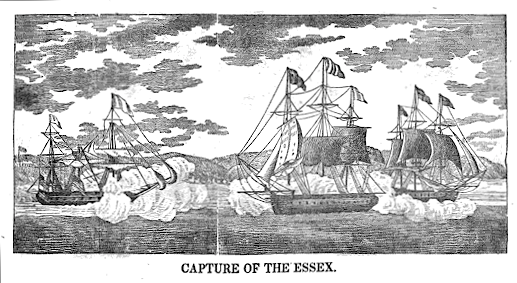|
Deptford Wharf
Deptford Wharf in London, UK is situated on the Thames Path southeast of South Dock Marina, across the culverted mouth of the Earl's Sluice and north of Aragon Tower. In the late 18th and early 19th century this area was used for shipbuilding with several building slips. With the coming of the railway in 1848 Deptford wharf and docks were used to import coal and for other goods. The housing here, completed in 1992, is on the site of former railway sidings and riverside wharves.Plaque at entrance to Tariff Crescent Dock and shipyard The dock built was by John Winter in 1704 and belonged to the Evelyn family. Described in 1726 as having a great depth of water, and as being the best private dock upon the river.In the 1726 grant from Sir Frederic Evelyn to Sir John Evelyn.A topographical dictionary of England [...More Info...] [...Related Items...] OR: [Wikipedia] [Google] [Baidu] |
Bucklers Hard
Buckler's Hard is a hamlet on the banks of the Beaulieu River in the English county of Hampshire. With its Georgian cottages running down to the river, Buckler's Hard is part of the Beaulieu Estate. The hamlet is some south of the village of Beaulieu. History Buckler's Hard, originally called Montagu Town, was built by the second Duke of Montagu, and was intended to be a free port for trade with the West Indies. Its geography also favoured the development of shipbuilding, as the hamlet possessed access to a sheltered but navigable waterway with gravel banks capable of supporting slipways for vessel construction and launch. Timber for hulls was also readily available from the surrounding New Forest.Marcus 1975, pp. 1–3 Shipbuilding at Buckler's Hard commenced in the early eighteenth century. A private shipyard adjoining the hamlet was established by James Wyatt, a local entrepreneur and timber merchant from Hythe on Southampton Water. Wyatt & Co. won a contract to build ... [...More Info...] [...Related Items...] OR: [Wikipedia] [Google] [Baidu] |
HMS Northumberland (1798)
HMS ''Northumberland'' was a 74-gun third-rate ship of the line of the Royal Navy, built at the yards of Barnard, Deptford and launched on 2 February 1798. She carried Napoleon to his final exile on St Helena. Service history ''Northumberland'', , , , and the brig shared in the proceeds of the French polacca ''Vengeance'', captured entering Valletta, Malta on 6 April 1800. On 8 January 1801 ''Penelope'' captured the French bombard ''St. Roche'', which was carrying wine, liqueurs, ironware, Delfth cloth, and various other merchandise, from Marseilles to Alexandria. , , , ''Northumberland'', , and the schooner , were in sight and shared in the proceeds of the capture. Because ''Northumberland'' served in the navy's Egyptian campaign (8 March to 8 September 1801), her officers and crew qualified for the clasp "Egypt" to the Naval General Service Medal that the Admiralty authorized in 1850 to all surviving claimants. In August ''Northumberland'' detained and sent into Plymouth ... [...More Info...] [...Related Items...] OR: [Wikipedia] [Google] [Baidu] |
HMS Lady Nelson (1798)
His Majestys Armed Survey Vessel ''Lady Nelson'' was commissioned in 1799 to survey the coast of Australia. At the time large parts of the Australian coast were unmapped and Britain had claimed only part of the continent. The British Government were concerned that, in the event of settlers of another European power becoming established in Australia, any future conflict in Europe would lead to a widening of the conflict into the southern hemisphere to the detriment of the trade that Britain sought to develop. It was against this background that ''Lady Nelson'' was chosen to survey and establish sovereignty over strategic parts of the continent. ''Lady Nelson'' left Portsmouth on 18 March 1800 and arrived at Sydney on 16 December 1800 after having been the first vessel to reach the east coast of Australia via Bass Strait. Prior to that date all vessels had sailed around the southern tip of Tasmania to reach their destination. ''Lady Nelson''s survey work commenced shortly after he ... [...More Info...] [...Related Items...] OR: [Wikipedia] [Google] [Baidu] |
HMS Sirius (1797)
HMS ''Sirius'' was a 36-gun fifth-rate frigate of the Royal Navy. Between 1797 and 1805, the ''Sirius'' was engaged in maintaining the blockade of Napoleonic Europe. She was lost in 1810 when her crew scuttled her after she grounded during the Battle of Grand Port. Design The Admiralty ordered her construction on 30 April 1795, and the keel was laid at the Dudman's yard at Deptford Wharf in September of that year. She was launched on 12 April 1797. The ''Sirius'' class of 1795 was established following the taking of the ''San Fiorenzo'' from the Spanish in 1794, upon whose lines this frigate was based. French Revolutionary Wars ''Sirius'' was commissioned in May 1797 under the command of Captain Richard King. In her first action on 24 October 1798 ''Sirius'' took two Dutch frigates, the ''Waakzaamheid'' and the ''Furie'' in the Texel. ''Waakzaamheid'' was under the command of Senior Captain Neirrop. She was armed with twenty-four 9-pounder guns on her main deck and two 6 ... [...More Info...] [...Related Items...] OR: [Wikipedia] [Google] [Baidu] |
HMS Phoebe (1795)
HMS ''Phoebe'' was a 36-gun fifth rate of the Royal Navy. She had a career of almost twenty years and fought in the French Revolutionary Wars, the Napoleonic Wars and the War of 1812. Overall, her crews were awarded six clasps to the Naval General Service Medals, with two taking place in the French Revolutionary Wars, three during the Napoleonic Wars and the sixth in the War of 1812. Three of the clasps carried the name ''Phoebe''. During her career, ''Phoebe'' sailed to the Mediterranean and Baltic seas, the Indian Ocean, South East Asia, North and South America. Once peace finally arrived, ''Phoebe'' was laid up, though she spent a few years as a slop ship during the 1820s. She was then hulked. The Admiralty finally sold her for breaking up in 1841. Construction She was one of four frigates that the Admiralty ordered on 24 May 1794 to a design by Sir John Henslow, Surveyor of the Navy, to be a faster version of the 1781 s. The contract for the first ship was placed with ... [...More Info...] [...Related Items...] OR: [Wikipedia] [Google] [Baidu] |
HMS Carnatic (1783)
HMS ''Carnatic'' was a 74-gun third rate ship of the line of the Royal Navy, launched on 21 January 1783 at Deptford Wharf. The British East India Company The East India Company (EIC) was an English, and later British, joint-stock company founded in 1600 and dissolved in 1874. It was formed to trade in the Indian Ocean region, initially with the East Indies (the Indian subcontinent and Southea ... paid for her construction and presented her to the Royal Navy.Hackman (2001), p.227. On 17 May 1815, the Admiralty renamed her HMS ''Captain''. ''Captain'' was broken up on 30 September 1825. Citations References *Hackman, Rowan (2001) ''Ships of the East India Company''. (Gravesend, Kent: World Ship Society). * Ships of the line of the Royal Navy Courageux-class ships of the line 1783 ships Ships built in Deptford {{UK-line-ship-stub ... [...More Info...] [...Related Items...] OR: [Wikipedia] [Google] [Baidu] |
Frances Lincoln
Frances Elisabeth Rosemary Lincoln (20 March 1945 – 26 February 2001) was an English independent publisher of illustrated books. She published under her own name and the company went on to become Frances Lincoln Publishers. In 1995, Lincoln won the ''Woman of the Year for Services to Multicultural Publishing'' award. Education Frances Lincoln went "unhappily" to school in Bedford, moving after a year to St George's School, Harpenden, where she became Head Girl. Her university education was at Somerville College, Oxford. (Somerville at that time was a women's college, known in Oxford as "the bluestocking college".) There she read Greats (the Oxford term for traditional courses in the humanities, with emphasis on the ancient classics of Greece and Rome, including philosophy). A fellow-student, the drug smuggler Howard Marks, described her as "vivacious" in his 1996 autobiography '' Mr. Nice''. Career In 1970, Lincoln started work as an Assistant Editor at the London-based p ... [...More Info...] [...Related Items...] OR: [Wikipedia] [Google] [Baidu] |
Australia
Australia, officially the Commonwealth of Australia, is a Sovereign state, sovereign country comprising the mainland of the Australia (continent), Australian continent, the island of Tasmania, and numerous List of islands of Australia, smaller islands. With an area of , Australia is the largest country by area in Oceania and the world's List of countries and dependencies by area, sixth-largest country. Australia is the oldest, flattest, and driest inhabited continent, with the least fertile soils. It is a Megadiverse countries, megadiverse country, and its size gives it a wide variety of landscapes and climates, with Deserts of Australia, deserts in the centre, tropical Forests of Australia, rainforests in the north-east, and List of mountains in Australia, mountain ranges in the south-east. The ancestors of Aboriginal Australians began arriving from south east Asia approximately Early human migrations#Nearby Oceania, 65,000 years ago, during the Last Glacial Period, last i ... [...More Info...] [...Related Items...] OR: [Wikipedia] [Google] [Baidu] |
Convict Ship
A convict ship was any ship engaged on a voyage to carry convicted felons under sentence of penal transportation from their place of conviction to their place of exile. Description A convict ship, as used to convey convicts to the British colonies in America, the Caribbean and Australian Colonies, were ordinary British merchant ships as seen in ports around the world at that time. There was no ship specifically built as a convict vessel. There was no ship engaged exclusively for convict transportation use, all being used for general cargo, or passenger transport, at various times. Vessels chartered for convict transport were mainly square rigged ships or barques, with the exception of a few brigs, the majority being small to moderate tonnage. The fees paid to the ship owners were so low that only the worst and most decrepit ships were utilised. English Parliamentary records indicate that the average rate paid by the Government to hire a ship for convict service in 1816 was £6&n ... [...More Info...] [...Related Items...] OR: [Wikipedia] [Google] [Baidu] |
Surrey Commercial Docks
The Surrey Commercial Docks were a large group of docks in Rotherhithe, South East London, located on the south bank (the Surrey side) of the River Thames. The docks operated in one form or another from 1696 to 1969. Most were subsequently filled in and redeveloped for residential housing, and the area is now known as Surrey Quays, although the name Surrey Docks is retained for the electoral ward. History The sparsely populated Rotherhithe peninsula was originally wet marshland alongside the river. It was unsuitable for farming, but its riverside location just downstream from the City of London made it an ideal site for docks. The area had long been associated with maritime activities: in July 1620 the Pilgrim Fathers' ship the Mayflower sailed from Rotherhithe for Southampton, to begin loading food and supplies for the voyage to New England, and a major Royal Navy dockyard was located just down the river at Deptford. In 1696, Howland Great Wet Dock (named after the family who ... [...More Info...] [...Related Items...] OR: [Wikipedia] [Google] [Baidu] |
London, Brighton And South Coast Railway
The London, Brighton and South Coast Railway (LB&SCR; known also as the Brighton line, the Brighton Railway or the Brighton) was a railway company in the United Kingdom from 1846 to 1922. Its territory formed a rough triangle, with London at its apex, practically the whole coastline of Sussex as its base, and a large part of Surrey. It was bounded on its western side by the London and South Western Railway (L&SWR), which provided an alternative route to Portsmouth. On its eastern side the LB&SCR was bounded by the South Eastern Railway (SER)—later one component of the South Eastern and Chatham Railway (SE&CR)—which provided an alternative route to Bexhill, St Leonards-on-Sea, and Hastings. The LB&SCR had the most direct routes from London to the south coast seaside resorts of Brighton, Eastbourne, Worthing, Littlehampton and Bognor Regis, and to the ports of Newhaven and Shoreham-by-Sea. It served the inland towns and cities of Chichester, Horsham, East Grinstead and Lewes ... [...More Info...] [...Related Items...] OR: [Wikipedia] [Google] [Baidu] |





_railway_bridge_over_Battersea_Park_Road%2C_SW8.jpg)